Some years ago, Cardinal Joseph Ratzinger’s personal confessor was no longer available, as he had to leave Italy; then the prefect of the Congregation for the Doctrine of the Faith showed the desire to have a new confessor from the Franciscan Conventual Friars, who are the official confessors at the Basilica of St. Peter in Rome. The friars have been carrying out this apostolate at St. Peter’s for more than 200 years. Thus Father Mariusz (Mario in Italian) Paczóski of the Franciscan community of the Vatican became the confessor of the then-guardian of Catholic orthodoxy. Cardinal Ratzinger used to go to the friars’ residence, the Palace of the Tribunal, making his confession in the community’s chapel or in Father Mariusz’ room. When Joseph Ratzinger was elected Pope as Benedict XVI in 2005, he wanted to keep Fr. Mariusz as his confessor, so Father Paczóski began to go to the Apostolic Palace to serve this particular penitent, the Sovereign Pontiff, the Vicar of Christ. He carried out his task with great discretion, and few people knew about his important assignment.
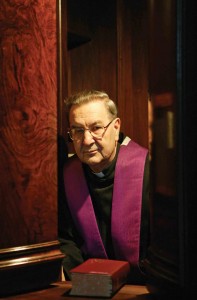
Later on, after many years of intense activity in Poland, his superiors decided to send him to the birthplace of the Franciscan Order, Assisi. In Assisi, Father Mario, as he was called in Italy, was entrusted with the task of vicar of the Guardian of “Sacro Convento,” i.e. the shrine of St. Francis.
He returned to Italy on the occasion of the Jubilee of 2000 to serve as an official confessor in St. Peter’s Basilica. He confessed in four languages: Polish, Slovak, Ukrainian and Italian. This humble, wise and discreet man won the confidence not only of pilgrims, but also of many clergymen of the Curia, who became his penitents.
I once asked him whether there was any difference between serving as confessor in the Vatican and serving as confessor in any other place. He answered me that all confessors are invested with great responsibility, but the task of a confessor in St. Peter’s Basilica is certainly more difficult for two reasons: “People from all over the world,” he said, “arrive here with different cultures and different religious upbringing. Even though the same catechism and moral rules are accepted in the whole Catholic world, the application changes considerably according to the country or continent. Moreover, we must bear in mind that believers of Eastern Catholic Churches or even Orthodox Churches ask to receive the sacrament of confession. Also, many penitents from far off countries assume that Vatican confessors have the faculty to absolve them from certain sins. Some, for example, expect to be pardoned for living together outside the sacred bond of matrimony or to be allowed to live in that condition.”
When I asked him if he found it hard to see and touch the spiritual dirt inside the Catholic Church, i.e., the dirt in all those who profess to be Catholics, he replied that the confessional is not the place where people claim their good actions, but where they show their weaknesses.
It is sad to see to what extent man can offend God, he said, but at the same time there is profound joy seeing that even the greatest sinners change their lives. The sacrament of confession shows God’s merciful love, as Benedict XVI points out; thus the confessor shares the penitent’s spiritual joy, he said.
Father Mario’s confessional has been empty since June 20, when the Franciscan friar died in a Roman clinic from post-operative complications. Before being sent to Poland, his coffin was placed in the Church of St. Stephen of the Abyssinians situated behind the apse of St. Peter’s Basilica.
Benedict XVI paid a final tribute to his confessor: at 7 p.m. on June 22, the Holy Father visited the church located in the Vatican Gardens to pray for the soul of the Polish Franciscan who has taken the secrets of his confessions to Heaven.

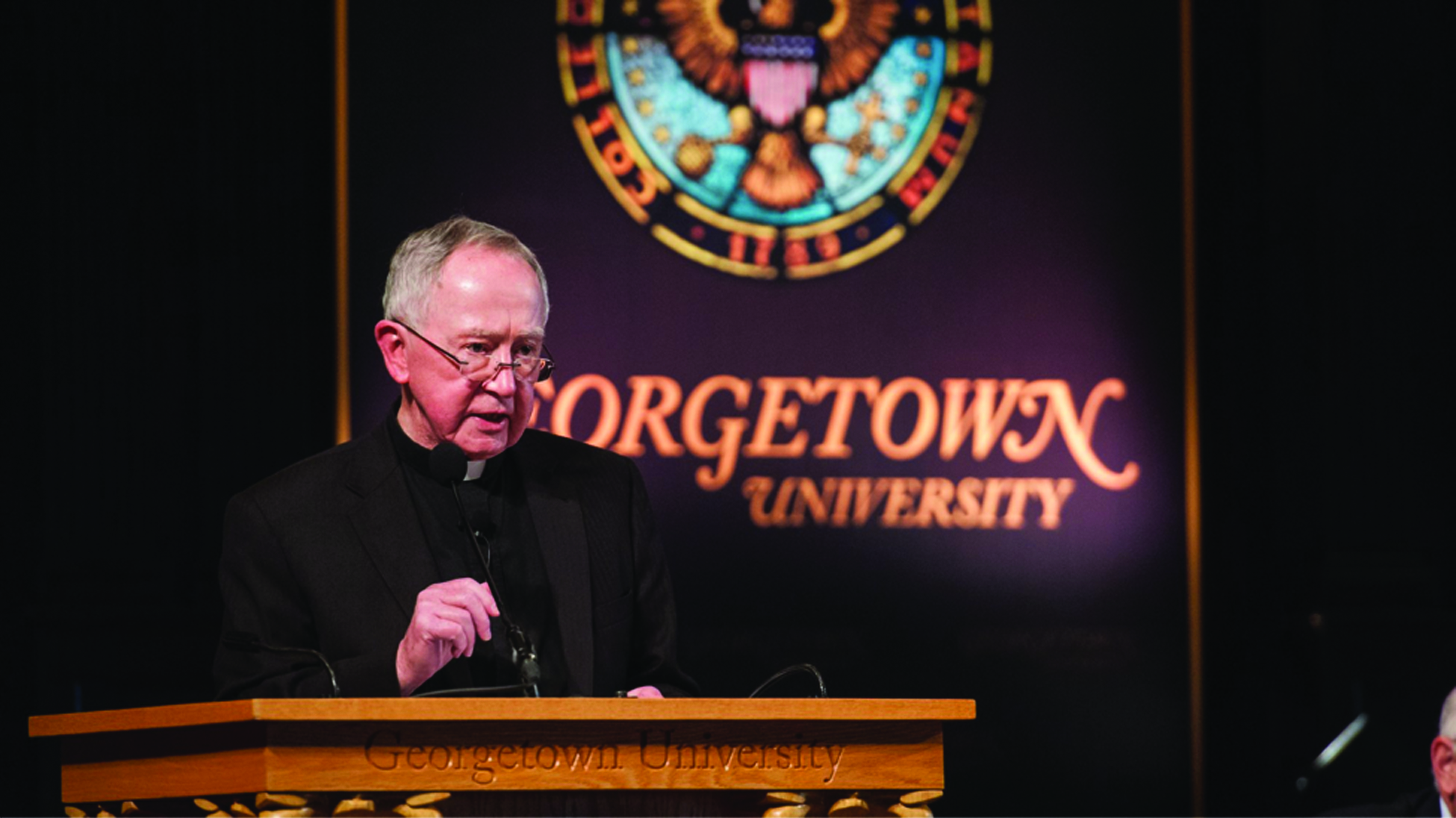

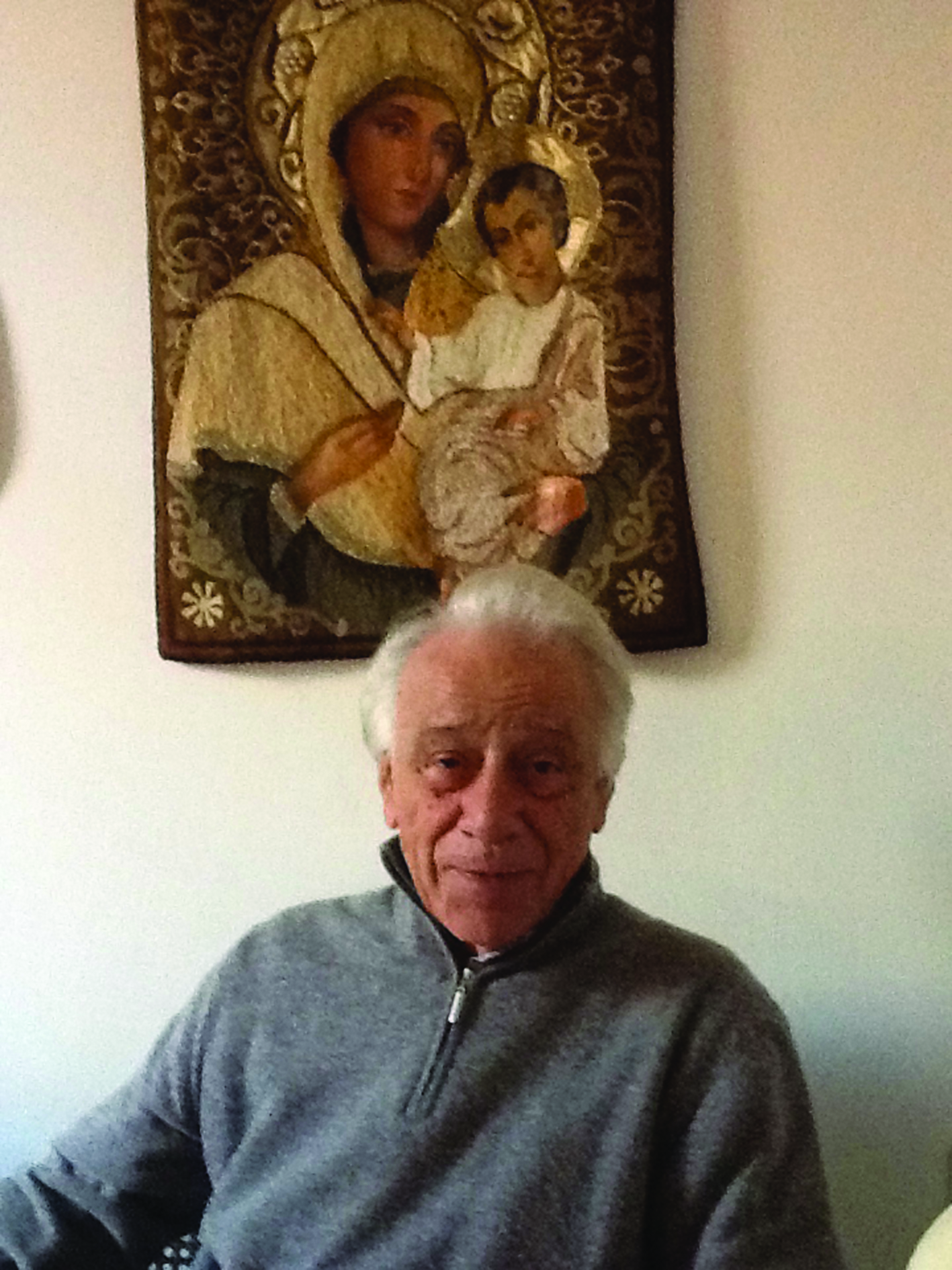
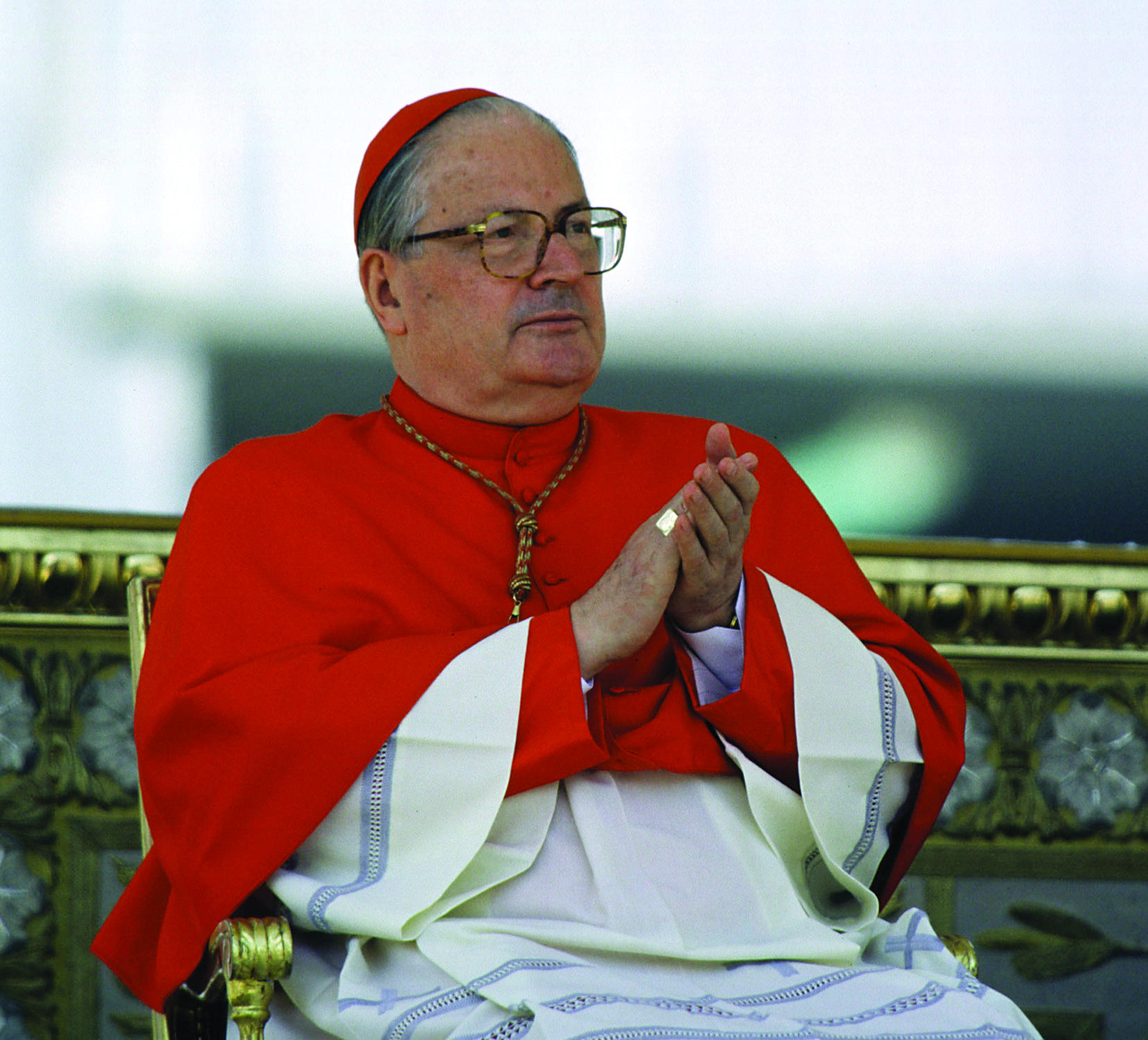
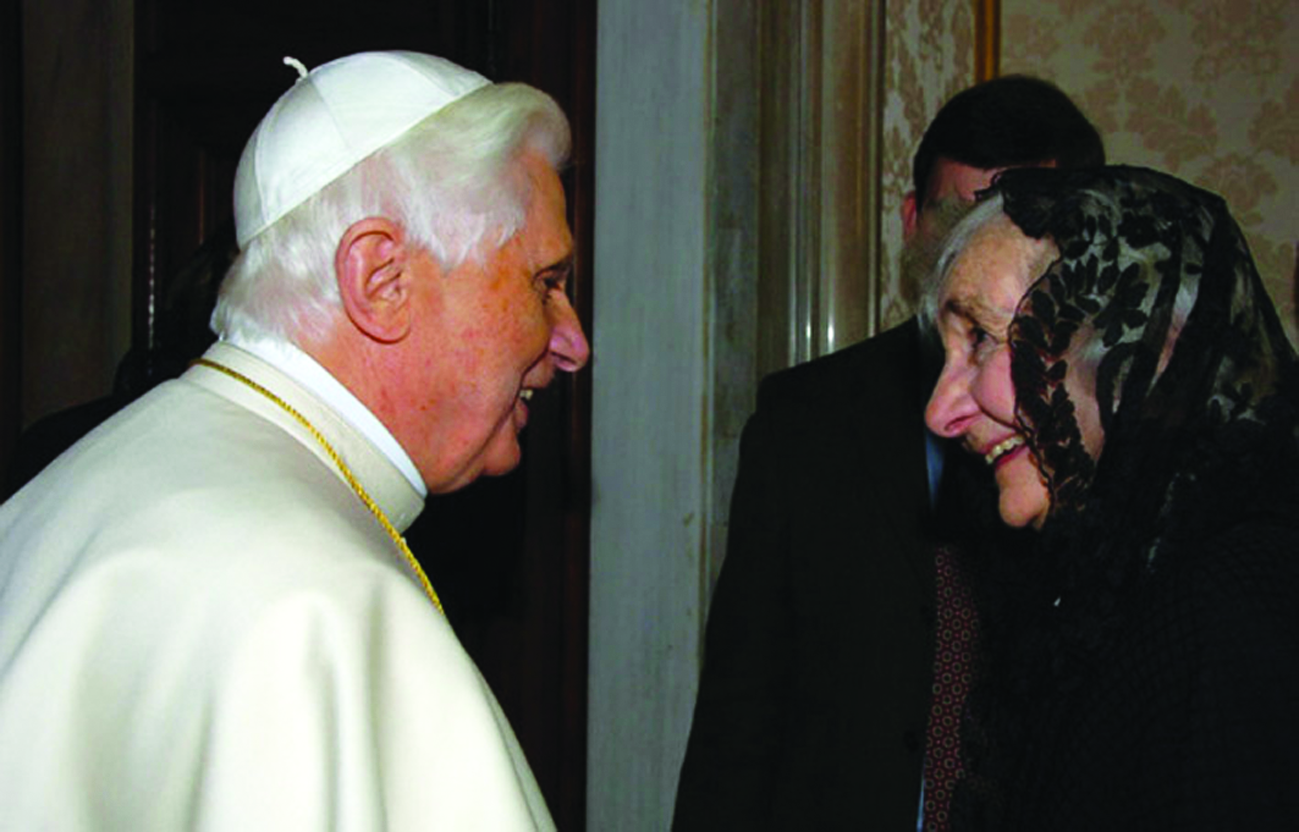
Facebook Comments